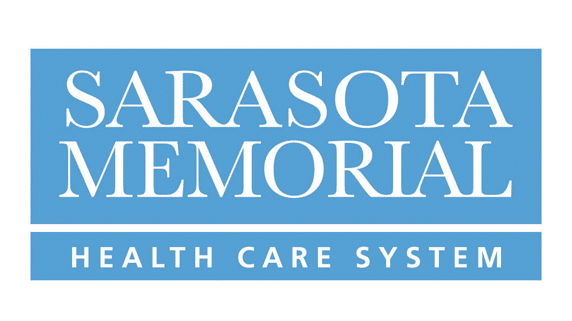For healthcare leaders and providers, efficiently managing misaligned inpatient admissions, discharges, and transfers has always been a challenge. During the initial onset of COVID-19, hospitals were struggling to ensure they had enough bed capacity for patients to be admitted and treated safely. The struggle to manage inpatient beds is now further complicated by a shortage of qualified staff.
Staffing is a critical and also complex factor given that common surge units like the ED and ICU require specially trained staff. With nurse shortages ongoing — in 2020 it was already estimated that 11 million additional nurses would be needed to keep the US shortage from worsening — strategically deploying existing staff is more urgent than ever. Too often however, bed managers must rely on manually gathered information, time-consuming meetings, and their own intuition to make key staffing choices. While their final decisions often prove correct, the process adds undue stress to hospital staff who are already at risk for burnout.
Bed management teams at academic health system UCHealth faced this challenge before beginning to implement iQueue for Inpatient Beds in February 2020. iQueue, a software solution that interprets EHR data through predictive and prescriptive analytics to deliver relevant information, improved UCHealth staff’s overall confidence in their capacity decisions by 90% in the next year and a half. Use of the tool also reduced time to admit and ICU transfers significantly, even during the height of the pandemic.
For UCHealth and others, iQueue supports three critical functions in managing inpatient bed staffing, all essential in enabling the staff that is available to serve the needs for beds as they arise and change.
1. Predicting staff
One challenge in directing inpatient flow is knowing where and when bed staff should be deployed. Jamie Nordhagen, UCHealth’s Director of Capacity Management and Patient Representatives, describes iQueue’s role as “instrumental in navigating COVID census and patient flow across our system in different ways. We can accurately predict where we will be in the evening and the following day, and we have been able to more actively use our surge spaces only as needed, ultimately creating more capacity within our organization when there is demand.”
Functioning as a “virtually distributed” command center, iQueue provides each day’s bed balance and unit census numbers so they are accessible to any staff member’s device from any location in the hospital. This information shows immediately what upcoming staffing needs in a given bed unit will look like, so managers can adjust assignments for both patients and staff. The next day census shows the morning bed balance to enable proactive waxing and waning of staff by unit. With its adoption of iQueue, UCHealth’s prediction accuracy improved by 41%.
2. Optimizing staff
Beyond predicting where staff will be needed, optimizing existing staff is a pressing concern especially for hospitals recently experiencing shortages. This can include assigning and equipping staff to roles outside of their usual functions to fill gaps that are stopping efficient patient flow.
Some hospitals, for instance, have reassigned case managers to assist with patient discharges directly. These staff members are often administrative nurses by background, and qualify to oversee the discharge lounge or direct other steps in the process. Another hospital took a different approach, repurposing space around the staff. Knowing its ED physicians were ICU certified, the hospital built miniature ICUs within its ED so the physicians could easily switch functions. Both of these examples support efficient flow of patients to the right units with minimal pressure on staff.
iQueue can be used to identify the specific upcoming gaps in inpatient bed staffing, which hospitals can then address using the resources they have.
3. Relieving staff
Even in “peacetime”, bed management staff are prone to stress and burnout. Adequately supporting staff, and letting them focus on what they do best, promotes both retention and optimal performance.
At UCHealth, relying on iQueue to do the heavy lift of matching bed supply with demand allowed staff to spend their time and energy achieving other solutions. “We have calculated that my house supervisors save at least 60 minutes a day in terms of hand-calculating our capacity situation,” Nordhagen says. “Our bed meeting huddle time has also decreased quite significantly, on average by 50% to 90%. Instead that time is very value added for addressing delays and connecting the dots with different departments to problem solve.”
Additional UCHealth leaders agree, echoing that “the time savings is essential” and iQueue for Inpatient Beds is a “game changer.” As a “virtually distributed” command center, unlike its physical counterparts, iQueue sends alerts only when they’re relevant to users, preventing alert fatigue and supporting stronger focus on what needs to be done. Staff are enthusiastic about a tool that supports their job function and helps them excel, while seeing their patients delivered to the right care and discharged on time. While the technology cannot add more staff, it’s influence on managing and optimizing staff is invaluable.
For the whole story on Nordhagen and how her team optimized staffing as part of their improved inpatient bed capacity, view our webinar. For further resources on the solution, visit iQueue for Inpatient Beds.


